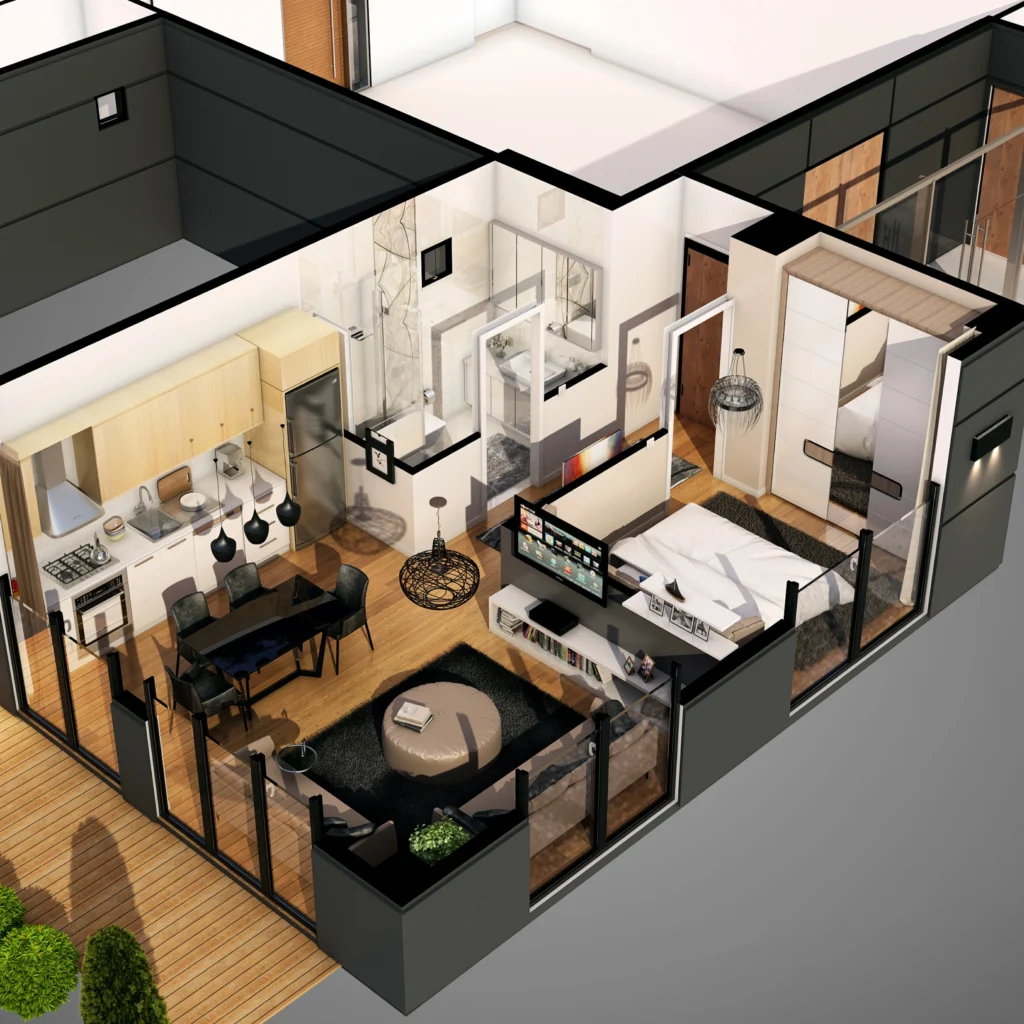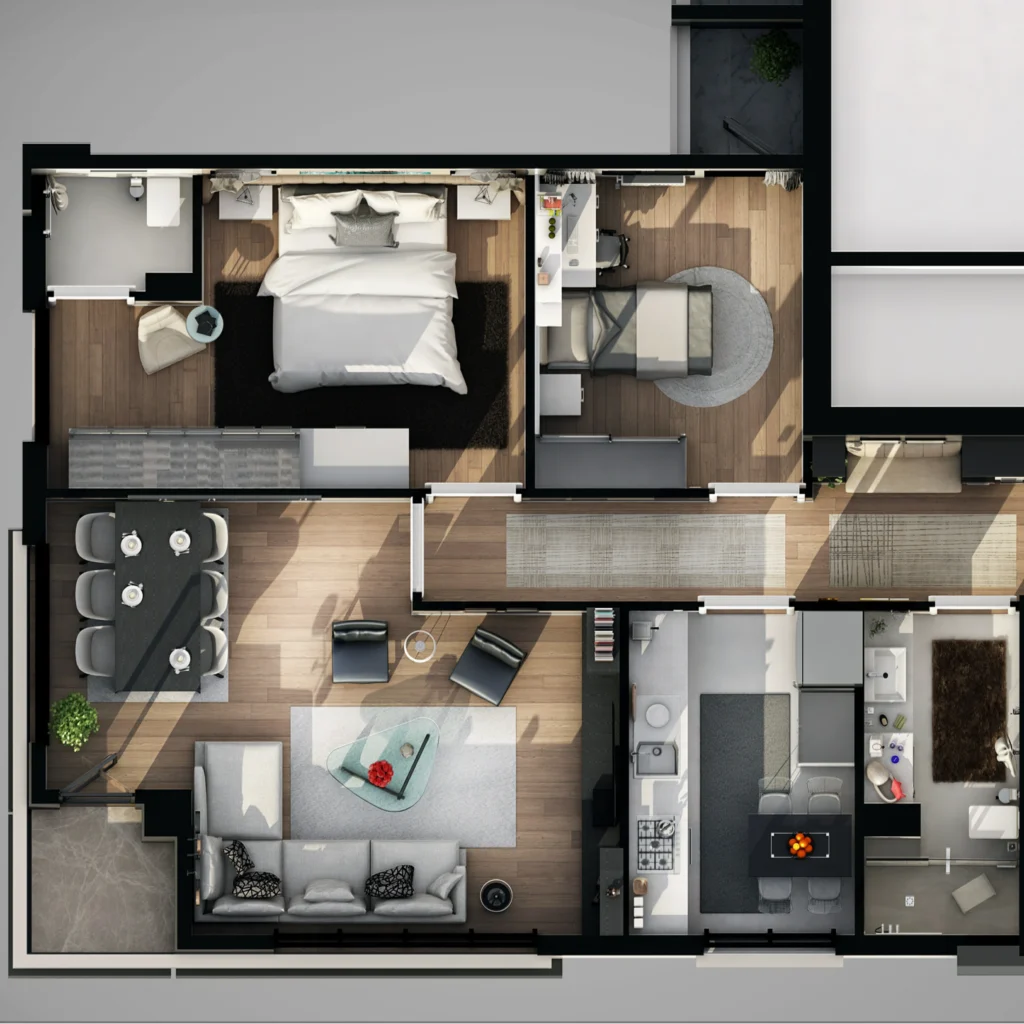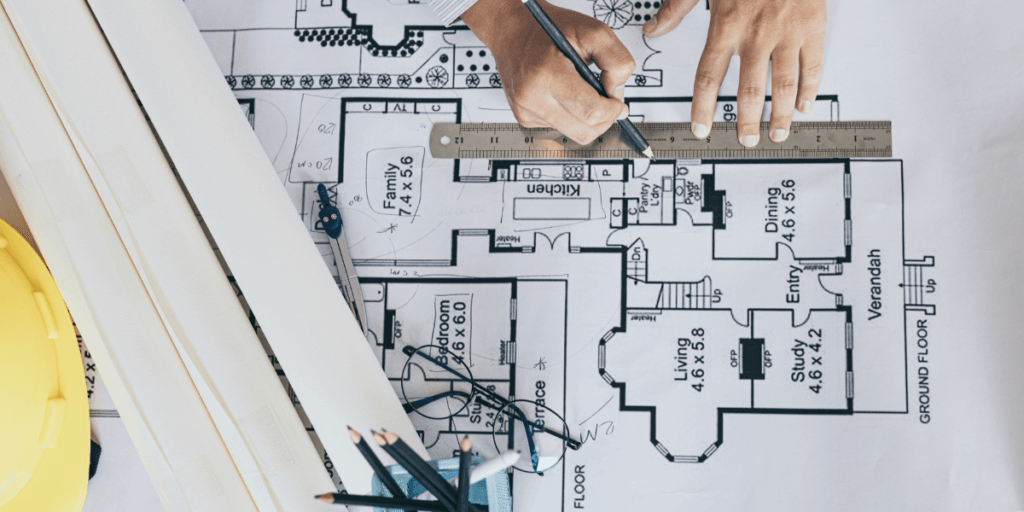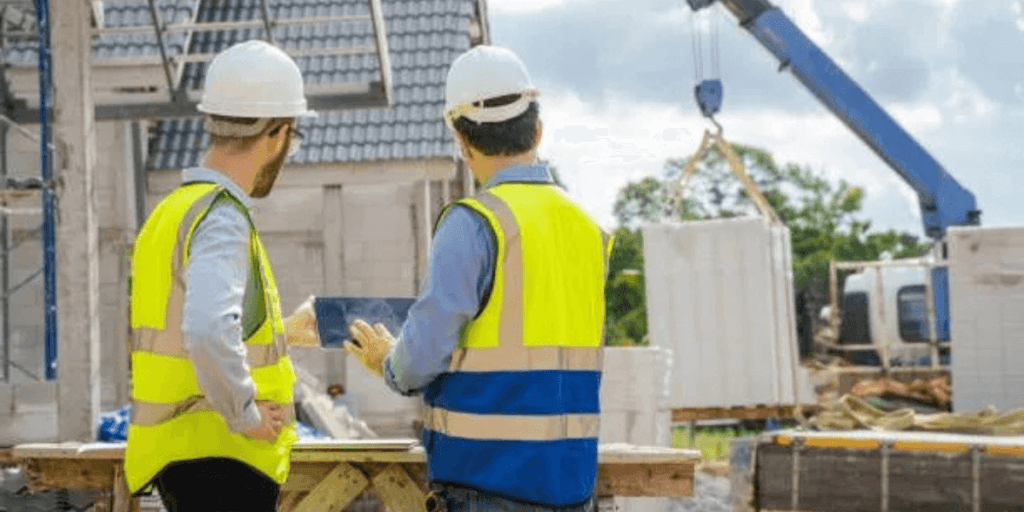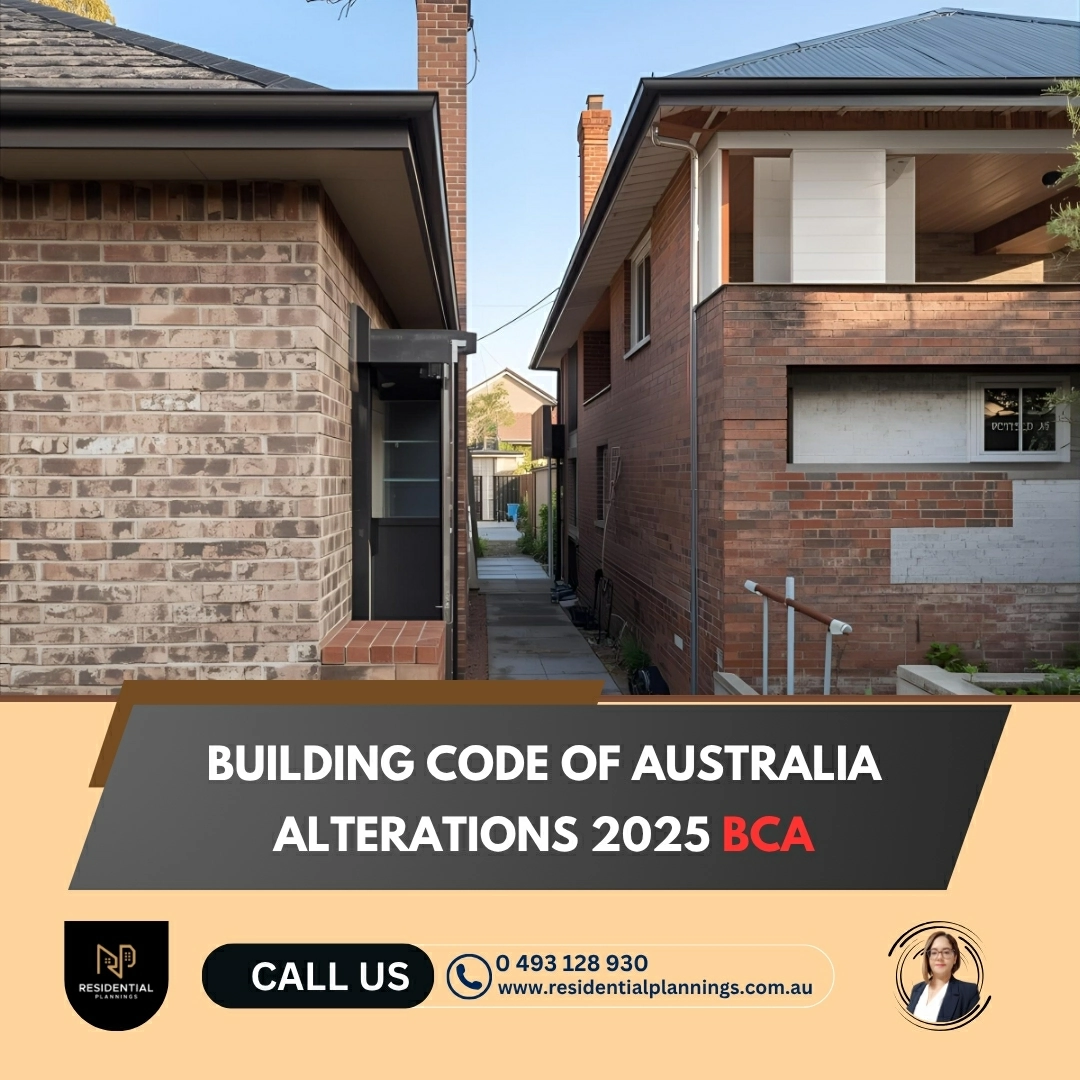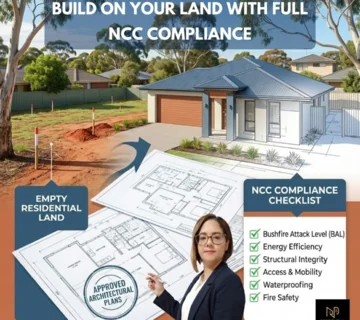Do Your Home Alterations Comply with the Current or Past BCA? (The Grandfathering Rule Explained) Building Code of Australia Alterations 2025
Planning a reno or extension on your Australian home?
You’re probably asking the most common question for every homeowner and builder:
Do residential alterations need to comply with the current Building Code of Australia (BCA), or the version that applied when the house was built?
The short answer is: both — but with one clear rule.
✅ All new work must comply with the current BCA.
Below, Residential Plannings explains how this rule applies under the National Construction Code (NCC 2025) and what you need to know before lodging your building application.
🏠 1. Existing Buildings Are “Grandfathered”
The good news is that your existing home is generally protected under the “grandfathering” principle.
If your dwelling was lawfully approved and constructed under the BCA or local building code that applied at the time, it remains compliant — even if the rules have changed since then.
This means:
You don’t have to upgrade your entire house every time a new NCC edition is released.
Older parts of your home (like existing walls, original bathrooms, or non-structural areas) can stay as they are, provided they’re safe and functional.
Your existing building remains valid under the BCA version that was in force when it was approved.
However, as soon as you begin alterations or additions, the new work must follow the current BCA — including energy efficiency, waterproofing, and fire safety provisions.
🧱 2. Alterations and Additions Must Comply with the Current BCA
This is non-negotiable. Any new construction or modification — whether an extension, garage conversion, secondary dwelling, or additional storey — must comply with the current edition of the BCA (now part of the NCC 2025).
Areas that Must Meet Current Code:
New Structural Work: Footings, framing, and roofing must meet today’s structural standards.
Waterproofing: New wet areas, decks, and balconies must meet current standards under Waterproofing of Wet Areas in Australia.
Energy Efficiency: All new or altered elements must achieve the 7-star energy rating standard or equivalent Whole-of-Home performance target.
This ensures that alterations and new sections of your home maintain consistency with Australia’s modern building performance and safety expectations.
🔄 3. The Critical Interaction Between Old and New Work
Australian building law requires that new work must not make the existing building less compliant than it was before.
In practice, this means:
If your extension affects fire separation distances, smoke detection, or exit paths, the adjoining sections of the existing house might also need upgrading.
Where load-bearing walls or foundations are modified, your certifier must confirm the old structure can safely support the new loads.
This is where your town planner NSW or building certifier will focus their review to ensure compliance across both old and new parts.
For example, if you add an upper storey, the existing footings may need strengthening or engineering certification — even though they were compliant at the time of the original build.
⚡ 4. Energy Efficiency Often Triggers Upgrades (The 7-Star Hurdle)
Energy efficiency is the most common area where the current BCA extends its reach into older homes.
With the 7-star energy rating now standard under NCC 2022 and NCC 2025, even modest BCA alterations and additions may require performance upgrades.
This is why “NCC energy efficiency existing building” has become a trending search term among homeowners and designers.
What This Means:
If you’re altering building elements such as windows, roofs, or walls, the altered portions must meet the current insulation and glazing standards.
Some states, including New South Wales, also apply BASIX requirements — mandating minimum energy, water, and thermal performance targets even for small renovations.
For major alterations, assessors may calculate the whole-of-home performance rating, considering heating, cooling, lighting, hot water, and even EV charging readiness.
So even if you’re not rebuilding your entire home, partial upgrades often become necessary to meet Australia’s evolving sustainability targets.
🧾 5. Certifier Discretion and Performance Solutions
Sometimes, full compliance with the latest code is not practical — especially for heritage homes, tight urban sites, or multi-generational dwellings in areas such as Parramatta, Penrith, or the Blue Mountains.
In these cases, the system allows flexibility through:
🔹 Certifier Discretion
Building surveyors or certifiers may approve minor deviations or reasonable alternatives, as long as safety and performance standards are maintained.
🔹 BCA Performance Solution
A Performance Solution is an alternative design approach that demonstrates equivalent performance to the prescriptive Deemed-to-Satisfy (DTS) rules.
Examples include:
Retaining existing ceiling heights but upgrading ventilation performance.
Improving glazing U-values instead of rebuilding entire walls.
Using engineered coatings for fire resistance instead of replacement walls.
These solutions must be backed by technical reports, modelling, or professional certification to prove compliance.
This approach ensures flexibility without compromising safety or sustainability — a cornerstone of BCA performance solution pathways under NCC 2025.
🏗 Key Takeaways for Homeowners and Designers
✅ Existing homes remain compliant under the rules they were built to (“grandfathered”).
✅ All new work — additions, conversions, or renovations — must comply with the current BCA/NCC 2025.
✅ Energy efficiency and condensation management often trigger upgrades to adjoining areas.
✅ Performance solutions can help achieve compliance without costly reconstruction.
✅ Always consult a qualified certifier or planning consultant early to confirm requirements and manage costs.
At Residential Plannings, we assist homeowners and developers across Sydney and NSW with BCA-compliant designs, reports, and approvals for renovations, alterations, and extensions.
👉 Visit Residential Plannings to discuss your alteration project and ensure it meets the current Building Code of Australia with confidence.
💬 Frequently Asked Questions (FAQ)
1️⃣ What does “grandfathered” mean in the BCA?
It means that existing buildings remain compliant under the code that applied at the time they were approved and built.
2️⃣ Do all alterations need to meet the current BCA?
Yes — any new or altered work must comply with the current BCA or NCC edition at the time of approval.
3️⃣ What if I’m renovating a heritage-listed property?
Your certifier may allow a performance solution or apply discretion where full compliance isn’t practical.
4️⃣ What triggers energy efficiency upgrades?
Changes to building fabric (walls, windows, insulation, or roof) often require compliance with 7-star energy rating standards.
5️⃣ Who decides whether my renovation complies?
A building certifier or local council determines compliance, applying discretion under BCA performance provisions if needed.
